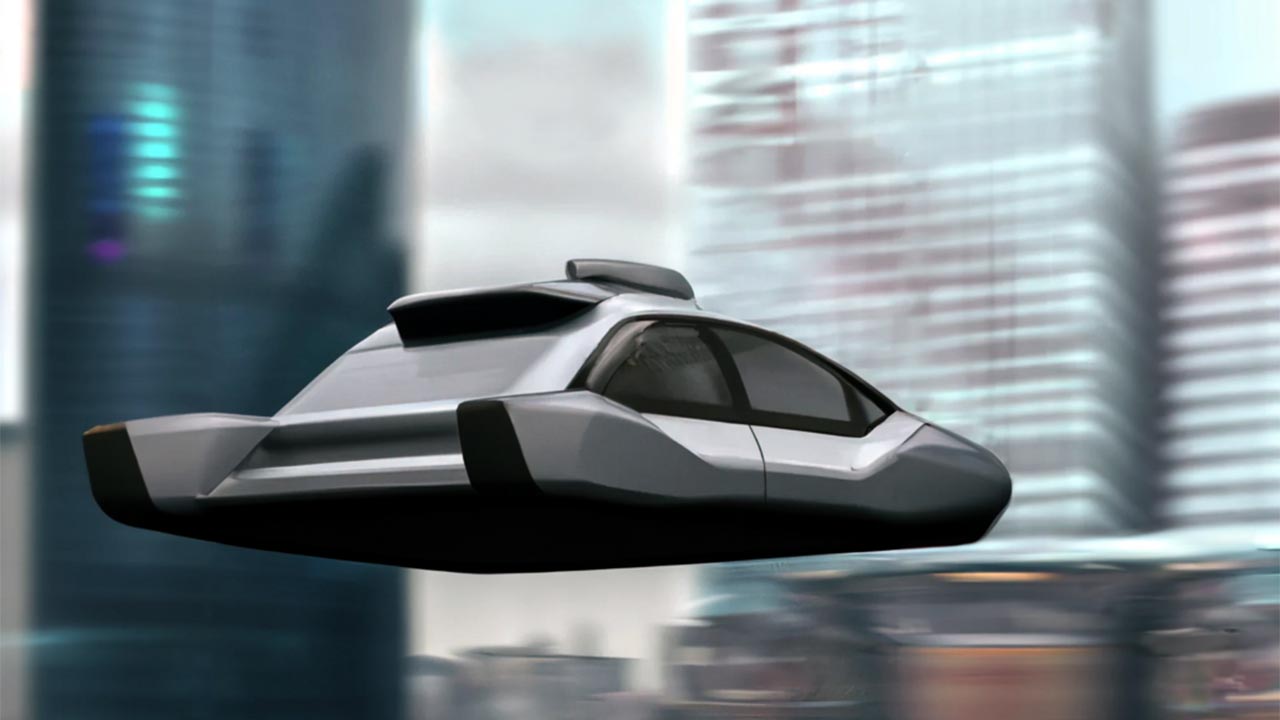
The dream of a flying car is closer than ever to becoming a reality. With a groundbreaking range of 620 miles, this innovative vehicle is set to transform transportation. As launch preparations commence, excitement builds for what could be the future of personal and urban mobility.
The Evolution of Flying Cars
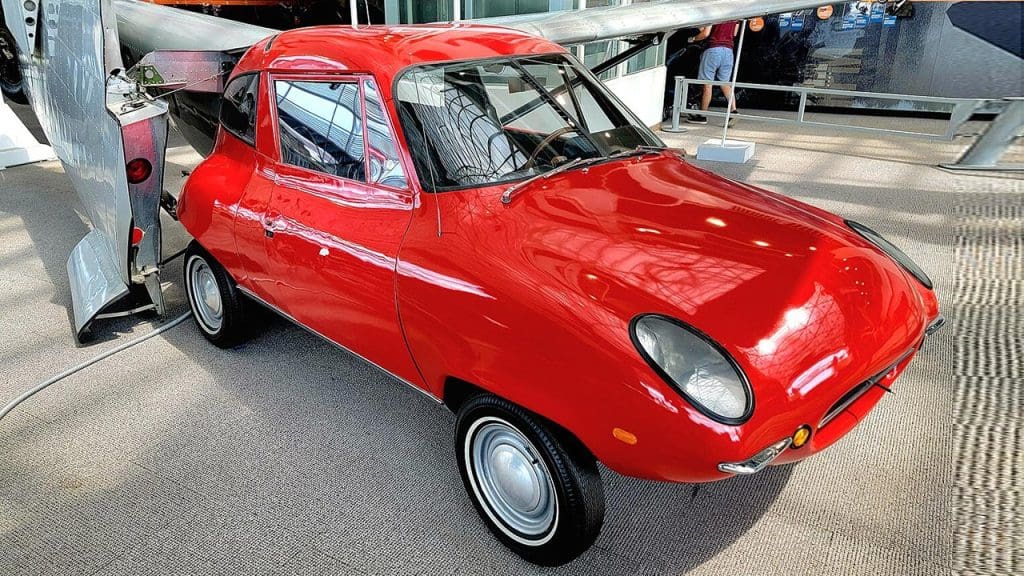
The concept of flying cars has long been a part of our collective imagination, dating back to early 20th-century science fiction. Over the years, technological advancements have gradually turned this concept into a feasible reality. Key milestones include the development of vertical take-off and landing (VTOL) technology and the integration of electric propulsion systems, which have significantly improved the feasibility of flying cars. These innovations have allowed us to transition from mere concepts to tangible prototypes and even operational models.
Several companies have emerged as major players in the flying car industry. For instance, Klein Vision has made significant strides with their AirCar, a vehicle that seamlessly transitions between driving and flying modes. Other companies are also pushing boundaries, each offering unique features that cater to different market needs. By comparing these models, we understand the diverse approaches to design, technology, and user experience that are shaping the future of flying cars.
Technical Specifications and Design
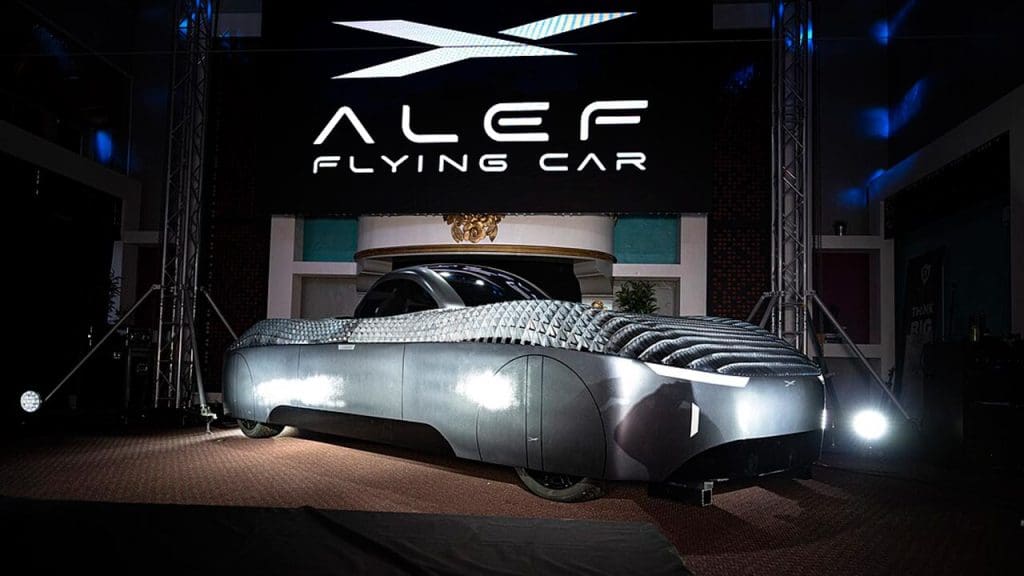
The proposed 620-mile range of the new flying car is a remarkable achievement, made possible by advanced propulsion technology and high-capacity batteries. This extended range is crucial for the vehicle’s practicality, as it allows for longer journeys without frequent recharging or refueling. The technology behind this range involves a combination of lightweight materials and efficient energy management systems, setting a new standard in the industry.
Design elements play a vital role in the performance of flying cars. Aerodynamic features such as retractable wings and streamlined bodies are essential for reducing drag and improving energy efficiency. The use of lightweight yet durable materials not only enhances performance but also ensures safety. These design choices are integral in crafting vehicles that are not only efficient but also reliable and safe for public use.
Impact on Transportation and Urban Planning
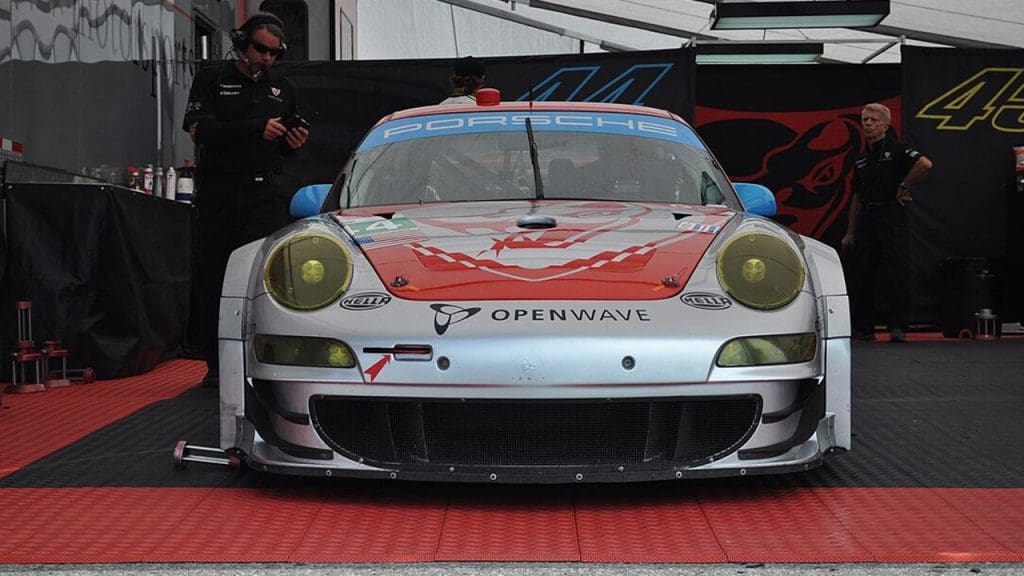
The introduction of flying cars has the potential to revolutionize urban commuting by significantly reducing traffic congestion on the ground. By offering an alternative mode of transport, flying cars can alleviate the pressure on existing infrastructure, leading to faster and more efficient travel. This integration with current transportation systems will require careful planning to ensure seamless transitions between ground and air travel.
Urban planning will need to adapt to accommodate the rise of flying vehicles. This may involve redesigning cityscapes to include designated take-off and landing zones and ensuring that air traffic is effectively managed. The benefits of this transition include less crowded roads and reduced pollution, although challenges such as regulatory compliance and public acceptance must be addressed.
Regulatory and Safety Considerations
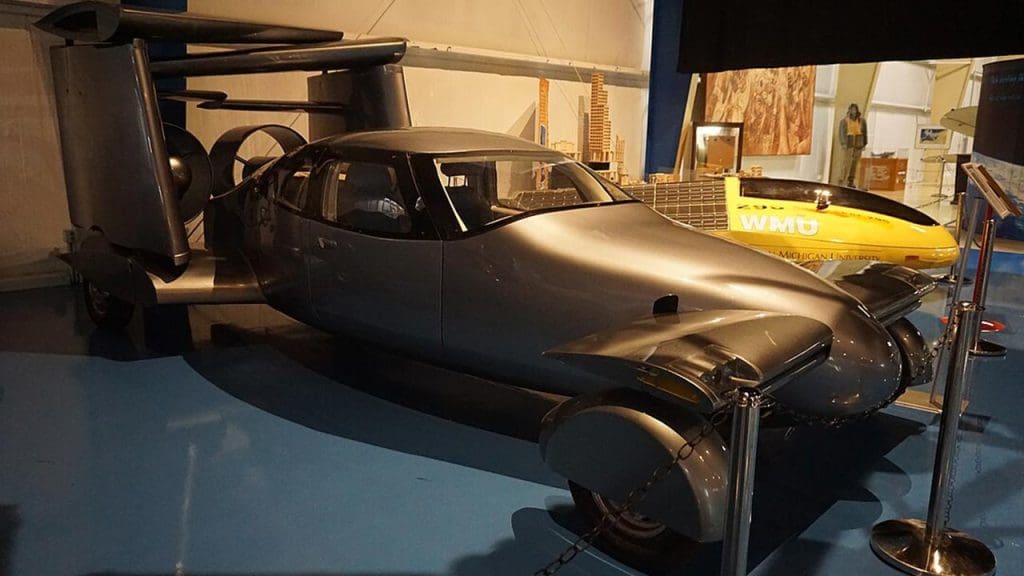
One of the primary challenges in the deployment of flying cars is navigating airspace regulations. Current aviation laws are not fully equipped to handle the unique demands of flying cars, necessitating collaboration with aviation authorities to create new guidelines and ensure compliance. This process involves balancing innovation with the need for safety and order in increasingly busy skies.
Ensuring passenger and public safety is paramount in the development of flying cars. Manufacturers are implementing advanced safety measures, including collision avoidance systems and fail-safe mechanisms to prevent accidents. The integration of technology such as autonomous flying capabilities also plays a crucial role in enhancing reliability and reducing human error, making flying cars a safer option for future travel.
Economic Impact and Market Potential

The market readiness for flying cars is growing, with increasing consumer interest in this new mode of transport. Evaluating the potential demand involves understanding target demographics, which may include urban commuters and tech enthusiasts. However, price considerations and economic barriers, such as the cost of production and infrastructure development, remain challenges for mass adoption.
The advent of flying cars is poised to create numerous job opportunities across various sectors. From manufacturing and maintenance to piloting and air traffic management, the industry will require a skilled workforce to support its growth. Additionally, ancillary industries, such as battery production and software development, are expected to flourish, further contributing to economic growth.
Future Outlook and Technological Advancements

The future of flying cars looks promising, with ongoing developments and innovations on the horizon. The next generation of flying cars is expected to feature enhanced autonomous capabilities and improved battery technology, leading to even greater range and efficiency. Advances in related technologies, such as AI and machine learning, will further enhance the safety and functionality of these vehicles.
In the long term, flying cars could significantly reshape the future of travel and connectivity. By offering a more sustainable and efficient mode of transport, they have the potential to address global challenges such as urban congestion and pollution. As society gradually shifts towards sustainable transportation, flying cars will likely play a crucial role in this transformation, paving the way for a new era of mobility.